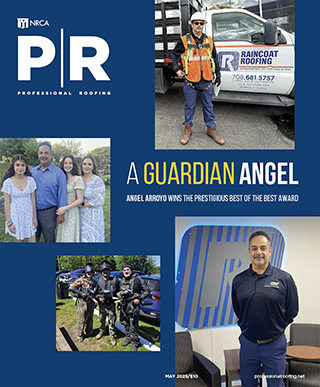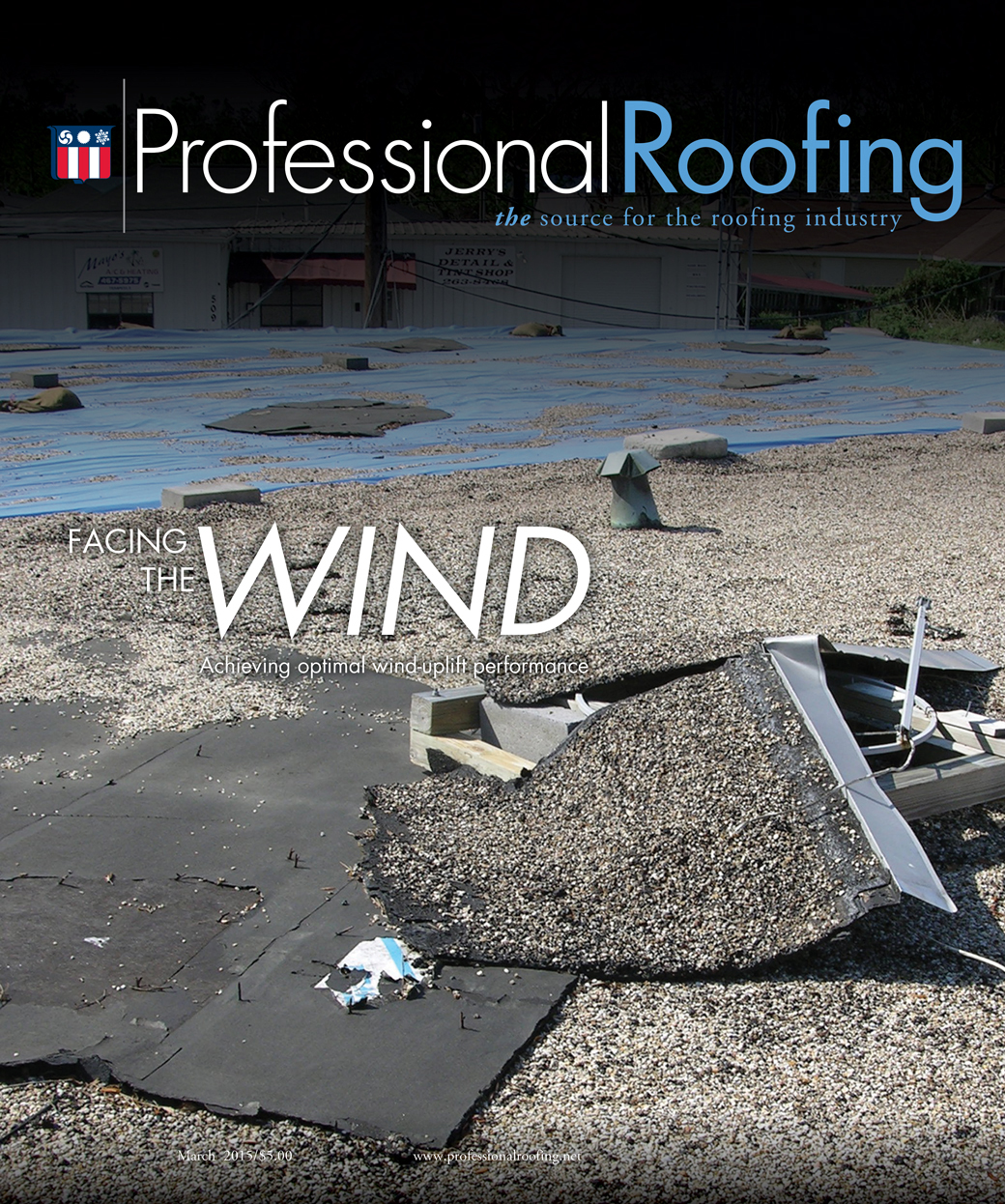Featured Articles
-

Roofing folklore
by Matt Dupuis, Ph.D., P.E.From their early uses in the 1990s, cool roofs have been said to cause moisture accumulation in low-slope roof systems throughout the U.S. in hot and cold climates. This urban legend says an owner or designer should avoid a cool roof because it will accumulate more moisture underneath it when compared with nonreflective membranes. However, when physics are used to evaluate moisture accumulation in highly reflective roof systems, this roofing industry urban legend can be disproved.
-
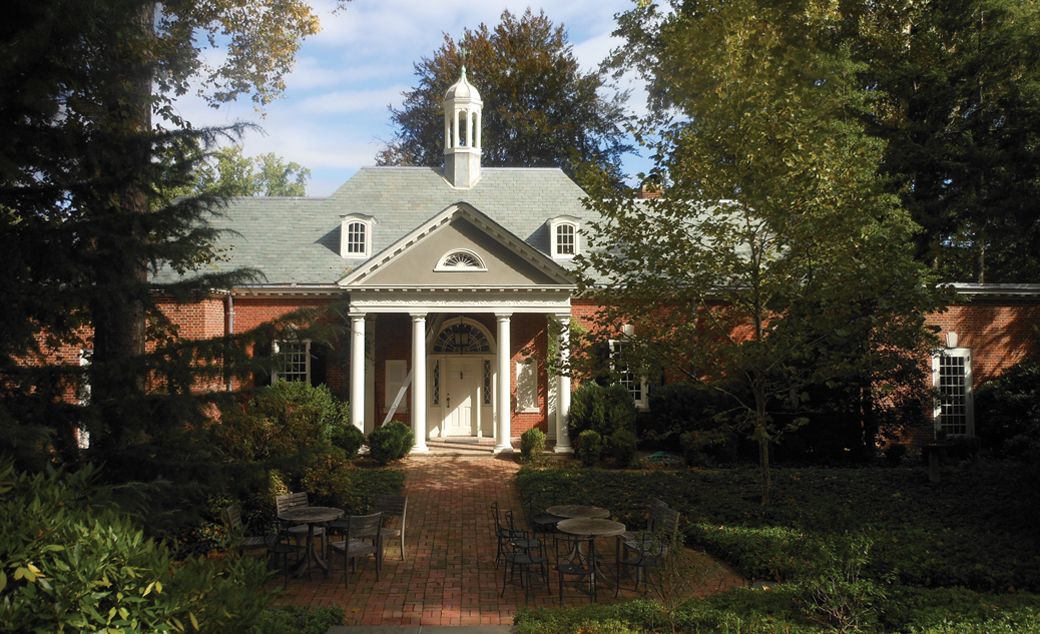
Revitalizing an estate
by Chrystine Elle HanusJames Myers Co. Inc., Beltsville, Md., performed a roofing renovation project on four buildings—a potting shed, refectory, guest house and operations building—at Dumbarton Oaks estate, Washington, D.C. More than 133 square feet of slate, 5,550 pounds of copper, 5,000 pounds of lead-coated copper and 12,000 pounds of 3-pound lead were used to reroof the four buildings. For its exceptional work, James Myers received a Gold Circle Awards honorable mention.
-
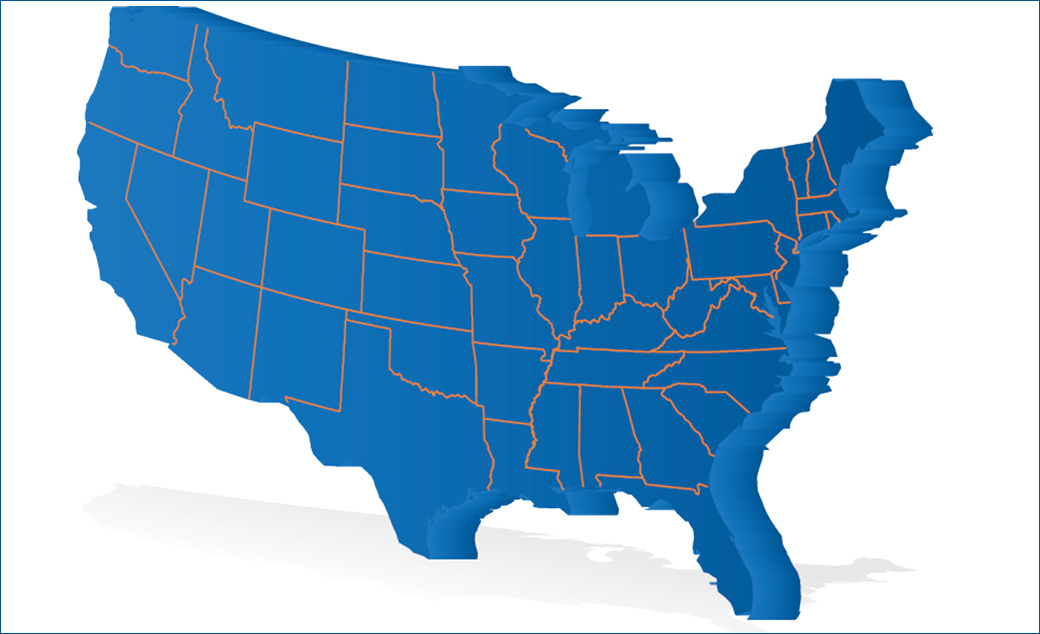
Rules of retainage
by Stephen M. PhillipsState laws been changing regarding payment for retainage for construction projects. Roofing contractors should be familiar with statutes governing retainage in the states where they work to ensure they receive retainage in accordance with the law of that state and that they comply with the law when dealing with subcontractors and sub-subcontractors.
-

Ensuring insurance
by Rob FooteCNA, NRCA's endorsed insurance provider, now offers errors and omissions, professional and pollution-incident liability coverage for roofing contractors. Most roofing contractors do not want to increase their insurance budgets by adding optional insurance coverages for errors and omissions and pollution/mold coverages, but taking an effective risk-reduction approach will help protect your balance sheet from unfunded losses from design errors and mold claims that could impair your company’s ability to meet ongoing and future financial obligations.
-

Keeping up with I-codes
by Mark S. GrahamThe International Code Council (ICC) recently updated and published revised editions of its model codes, referred to as "I-codes." As jurisdictions begin the processes of updating their codes, roofing contractors should be aware of the roofing-related changes incorporated into the 2015 I-codes and begin preparing for the new codes' adoptions in the areas where they do business. ICC intends for the latest edition of the I-codes to be adopted by jurisdictions beginning this year.
Columns
Editor's Note
Focus
NRCA's new app offers NRCA publications free to members and their employees.

Ambika Reid
Editor of Professional Roofing
Vice president of communications
NRCA
Departments
Contributors
-

Matt Dupuis Ph.D., P.E.
President
SRI Consultants -
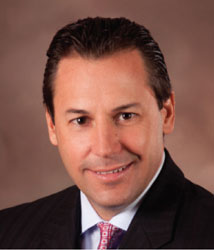
Rob Foote
Managing partner
Roofing Risk Advisors LLC -

Bill Good
Senior adviser to the Roofing Alliance
Former CEO
NRCA -

Mark S. Graham
Vice president of technical services
NRCA -

Chrystine Elle Hanus
Professional Roofing’s associate editor
Director of communications
NRCA -

Duane L. Musser
Vice president of government relations
NRCA -

Stephen M. Phillips
Senior partner
Hendrick Phillips Salzman & Siegel P.C. -

Ambika Puniani Reid
Editor of Professional Roofing
Vice president of communications
NRCA -

Thomas L. Smith AIA, RRC, F.SEI
